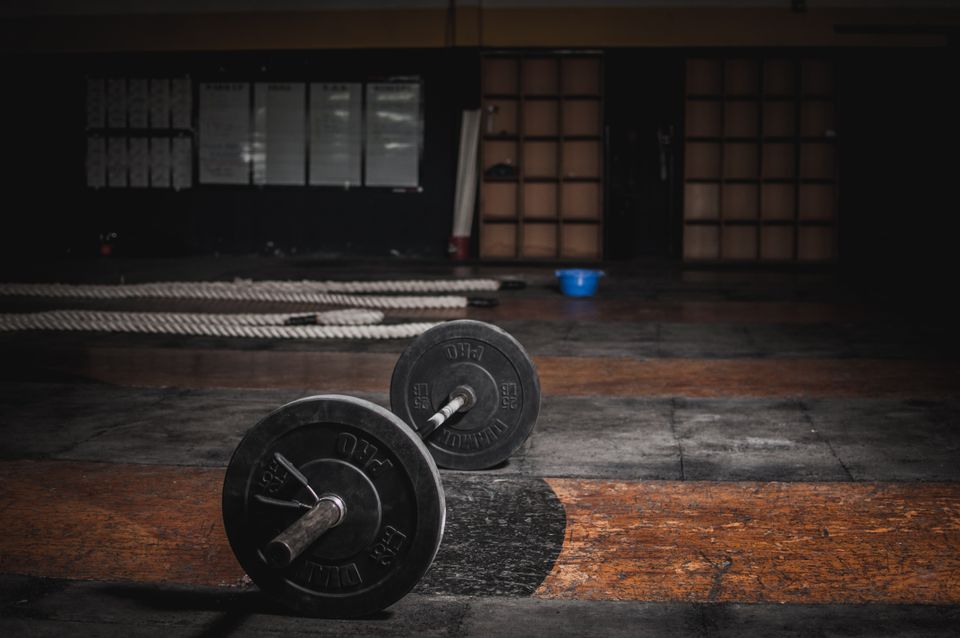🦀 PT Crab Issue 89 - Be More Specific

Hello again! I didn’t even give you enough time to miss me this week. Welcome to issue 89, the issue where I realize that I’m just 15 issues away from being at this for two years. Wow.
But enough about that. This week, King Crab supporters got two more articles (as usual) one about how gait can predict cognitive impairment in old age and another amazing case report about a unique approach to chronic LBP.
Thanks to those who became supporters last week! I really appreciate it. I’ve now crossed the 2% barrier and gotten to 2.1% of reader as PT Crab supporters. It’s not many, but every little helps. If you want to support PT Crab and get double the articles each week plus the full archive, you know how. (I mean, I hope so, the link’s right there ⬆️).
With that, let’s dive in!
Specificity and Proper Loading
The Gist - Remember two days ago when I harped on about the importance of not underloading your patients? This group publishing in the Journal of Geriatric PT accidentally discovered that themselves. They tried a 16 week multimodal exercise program on people with dementia in a multicenter RCT to see what effects it would have. With 319 people who had dementia and were over 65 years old, this study was calibrated to make some strong conclusions. And they kind of did. Accidentally.
The exercise program was standardized and divided up into 43% strength, 25% balance, 16% endurance, 13% flexibility, and 3% other (awfully specific, aren’t they?), 2x/week for 60 minutes at a time. The control group just continued with their regular lives. In the end, there were no statistically significant time X group effects. BUT about one-third of the participants improved across the outcome measures tested (6MWT, FICSIT-4, TUG, 30s CST, Mod-SPPB) while about the same amount of people worsened on these measures. Why? The researchers were curious too, so they dug a little deeper and found that those who improved the most started from the lowest baseline. They were adequately challenged by the work while the others were not.
Tell Me More - So why should you care about this when the results were so mixed? For one, it’s important to bring attention to negative or null results, just for the sake of publication bias, but I know that doesn’t help your clinical practice. What is great about this is that similar to the last edition’s, mean attendance for the program was 91% and no adverse events were reported. These exercises were enjoyable enough to go to and doable enough not to hurt anyone. They just weren’t loaded enough to help many as well.
If you’re interested in trying these well thought out exercises with some of your geriatric patients, the paper has awesome illustrations of them attached. If you de-standardize the loads, you could get results, like the researchers did in those who were properly loaded. So consider this paper for good guidance on exercise type and use your own judgment to choose high enough loads.
Can I see those pics? Right here y’all.
What happens to your PFM when you stand.
The Gist - Pelvic Floor PTs. First off, you’re amazing. The work you do is fantastic and so, so important. Secondly, do you test pelvic floor muscle function in supine? This paper presumes that you do. And it wants you to know that things change when people stand up. They performed PFM electromyography and dynamometry to identify this, testing people’s max voluntary contractions and pressures in both supine and standing. These tests were all performed in people with stress or mixed urinary incontinence who had been referred to PT for its treatment. That sample size ended up being 89 people.
Here’s what they found. Maximal voluntary contractions were significantly lower in standing than supine, while resting pressures were higher. Resting pressure jumped by 50% between the two positions and MVC decreased by about 22%. Surface EMG readings correlated with these differences, backing up what they found.
Tell Me More - Other tests showed that the duration for which a maximal contraction could be sustained was reduced in standing and the speed of repeated contractions went down as well. So there were many changes when shifting body positions from standing to supine. This is extra important since most of our lives are lived upright.
The researchers point out that other studies had difficulty validating inter-rater reliability in standing and that achieving the positions necessary for measurement was difficult at times. Because of this, they have some amazing diagrams that show exactly how they pulled it off and I highly recommend checking them out if pelvic health is your thing.
Lastly, all of the women involved in this study were people of low socioeconomic status in the public health system in Brazil. Because of the popularity of C-sections there and the large social inequality, these results may not be generalizable to your population, but do give them some consideration.
Paper? Here ya go.
That’s it. See you next week, bye!

Here’s this week’s bibliography:
- Barisch-Fritz, B., Trautwein, S., Scharpf, A., Krell-Roesch, J., & Woll, A. (2022). Effects of a 16-Week Multimodal Exercise Program on Physical Performance in Individuals With Dementia: A Multicenter Randomized Controlled Trial. Journal of Geriatric Physical Therapy, 45(1), 3–24. https://doi.org/10.1519/JPT.0000000000000308
- Gimenez, M. M., Fitz, F. F., de Azevedo Ferreira, L., Bortolini, M. A. T., Lordêlo, P. V. S., & Castro, R. A. (2022). Pelvic floor muscle function differs between supine and standing positions in women with stress urinary incontinence: An experimental crossover study. Journal of Physiotherapy, 68(1), 51–60. https://doi.org/10.1016/j.jphys.2021.12.011






Comments
Want to leave a comment and discuss this with your fellow PTs? Join PT Crab and get summarized PT research in your inbox, every week.